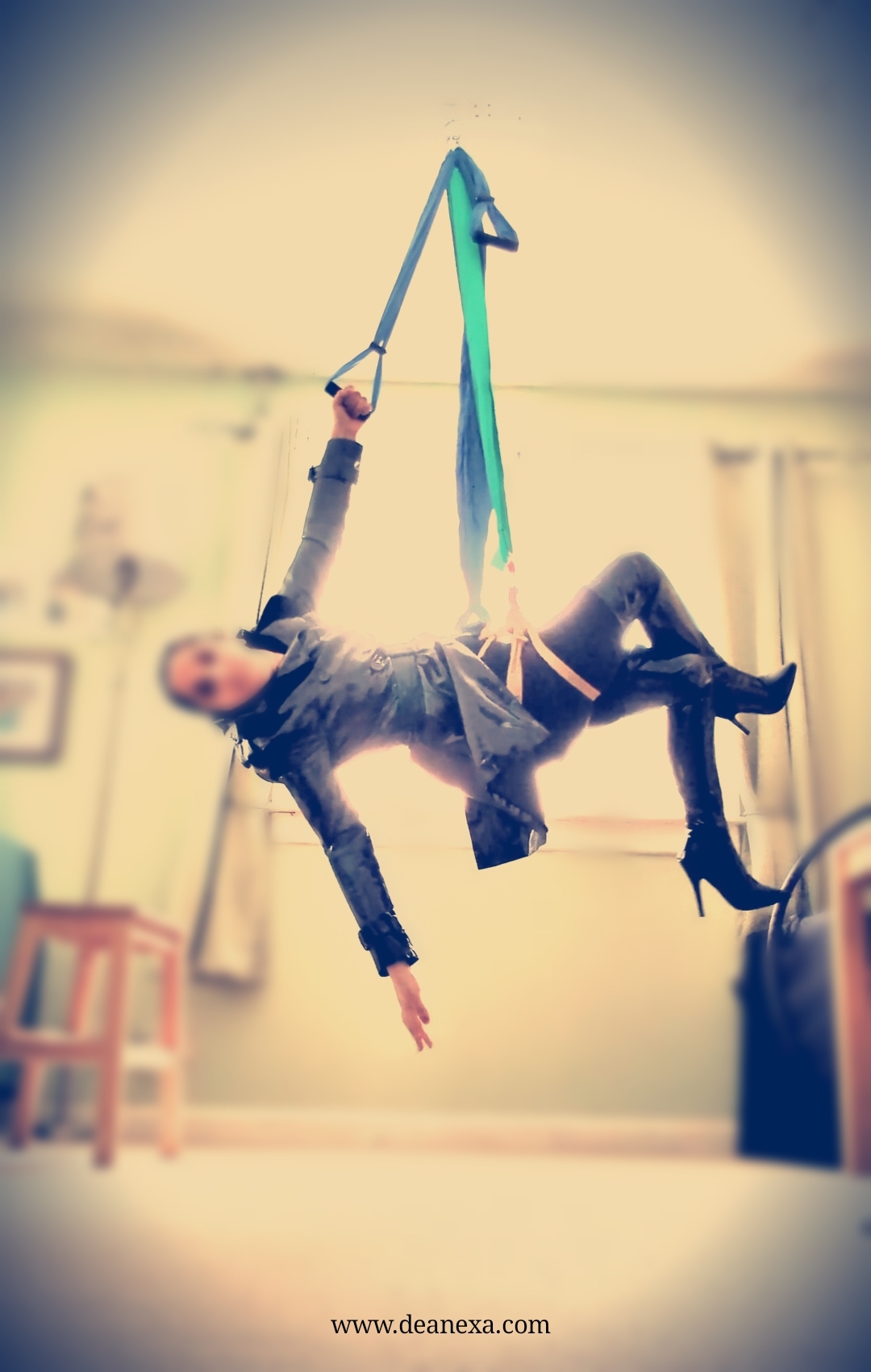Over the last decade of working within rope and kink spaces, the issue of consent is unanimously agreed upon, but the nuances less so. One of the common debates around consent is what, if anything, can be done in public where people who you do not know or have not been involved in the negotiation process can see or hear what we are doing?
Outdoor rope play can invite a lot of sensory opportunities. The fresh air, wildlife, weather conditions, and the scenery around us can enhance the rope experience. We often see rope art in fields, on beaches, in woods, in unusual outdoor buildings, and the like, which adds to the romanticism of the scene. I have tied outdoors, but within certain boundaries to protect myself and those I’m tying with.
I don’t want people I don’t know to see what I’m doing. In most parts of the world, what we do is taboo, and some places illegal. I like privacy, most of the time, because this allows a deeper sense of intimacy and safety to occur, of the trust has been built. If I want onlookers, I would go to a rope event where the rules allow the type of rope play I am seeking. I would want to know if what I’m doing it expected and consented to by other attendees. I don’t want to force my kink into others.
But, the main reason I would not want to play on public where others may see, is because they are not consenting to it. We must not ever force someone to see something with adult content. It’s similar to how films and TV shows have warnings of the type of content that is shown, so that audiences can decide on whether or not they wish to watch the content.
To engage in any form of public play, we need to be very familiar with the laws and culture of the environment we are in. Rope bondage or sexual play would not be appropriate in most places, and subject to decency laws.
You could ask yourself:
- Are you dressed in a way that the location would find acceptable, so as to not raise concern?
- Are you behaving or using language that would not be appropriate in that environment?
- What is the law of the area around public decency?
- Does the play you are engaging in involve power play, which might startle onlookers?
- Would it be appropriate for children to see what you are doing? What about conservative or more reserved people going about their day?
There are acts that should never happen in public: Forms of physical violence, degrading and humiliating language, and unreasonable demands that onlookers would find unacceptable (such as not speaking, staying in one unusual position, and the like). We might think these are “normal” parts of life, because to us it is. But to the vast majority of people, it isn’t, even if you have negotiated these acts with complete consent. If someone saw someone being hit, called names, or emotionally upset, they might intervene themselves, and rightly so.
If you do not consider the consent of others, and take joy in forcing people to see things that you know will shock or traumatise them, then I would consider the practice as unsafe. You would need to reflect on your ethics and speak to a professional about why you like to cause emotional harm to unwilling onlookers. The line between healthy rope play and abuse is consent, after all.
Dea Nexa
Image is a self suspension tie using accessibility features by Dea Nexa
